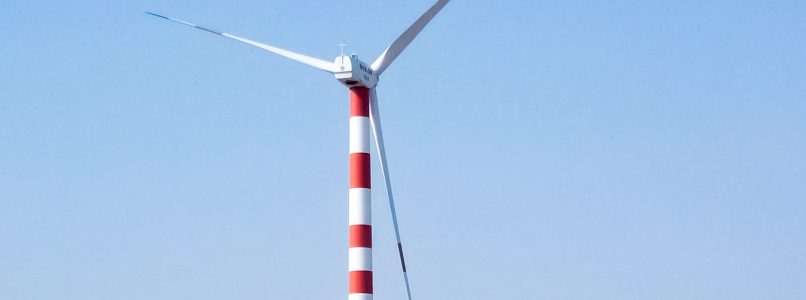One of the most interesting lessons from the book Switch, by the Heath brothers – which, admittedly, I am obsessed with – is that we humans have a built-in tendency to follow the behaviors of others in our group. We are more comfortable taking actions when we know that other people are doing the same thing. TV producers having been using this fact for decades. Take the sitcom, for example. If we were in a live studio audience, we’d follow the behavior of others in the crowd by laughing along with the group. But when we watch a sitcom at home we are often alone, without a group to follow behaviorally. So producers built in fabricated crowd laughter that automatically triggers our urge to laugh along.
Which begs the question, how do we follow the herd in the age of YouTube, when so much video entertainment does not include a laugh track – and we are even more often a singular audience watching video at our desks (when we should be working)? YouTube and other channels wisely include the number of “likes” and views per video. They also make it easy to search for the most popular videos in a given category. We don’t have fake laughter to tell us what’s funny, but the herd nevertheless guides our viewing choices. To experience this, check out Battle at Kruger, arguably the most fascinating wildlife video ever captured on camera – and by a couple that just happened to be in the right place at the right time while on a safari. It has over seventy-five million views. We humans quite literally “follow the herd” when we watch this video.
We think of our species as smarter than all others. But we are all animals nevertheless. So, when you’re making a film you want your target audience to see, think about how to create the perception that others in the same herd are heading in the same direction. One way to do this is to recruit a thought leader in a category, or celebrity, that your target group is used to following (perhaps quite literally following on Twitter). The people you want to reach will be far more likely to follow along. It’s our nature.



 Cape Wind has been stalled for years and recently lost its contracts with utilities, a potential end to their dream of being (as their site currently claims) “America’s first offshore wind farm.” Deepwater Wind, however, recently got a green light on a major financing deal and will begin construction in 2015. Deepwater will in fact be America’s first offshore wind farm.
Cape Wind has been stalled for years and recently lost its contracts with utilities, a potential end to their dream of being (as their site currently claims) “America’s first offshore wind farm.” Deepwater Wind, however, recently got a green light on a major financing deal and will begin construction in 2015. Deepwater will in fact be America’s first offshore wind farm.